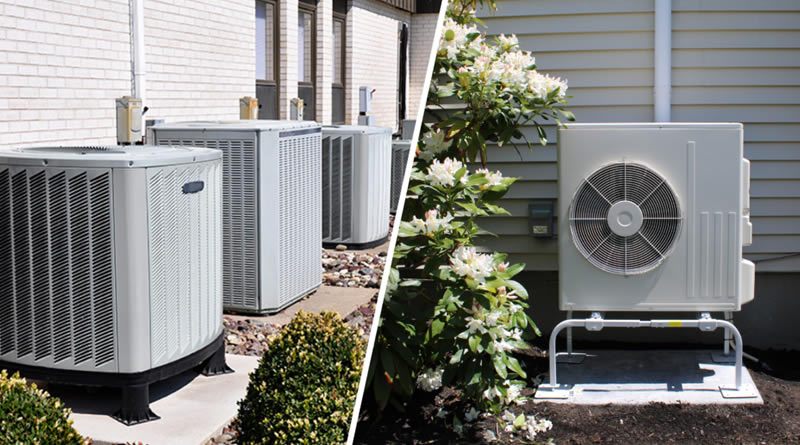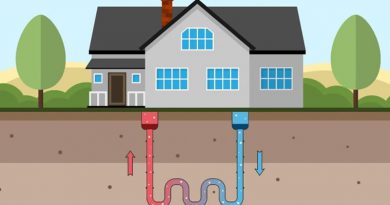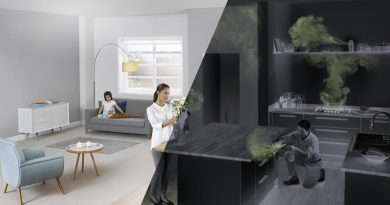The Differences Between Heating and Cooling Systems
Heating and cooling systems are integral components of our indoor environment, ensuring that we stay comfortable throughout the year. While both systems aim to regulate indoor temperature, they differ in their mechanisms and functions. In this article, we will explore the differences between heating and cooling systems, shedding light on their distinct characteristics and how they contribute to our overall comfort.
Heating Systems
Heating systems are designed to raise the indoor temperature, particularly during colder months or in regions with cold climates. These systems utilize various methods to generate and distribute heat throughout a building. Some common types of heating systems include furnaces, boilers, heat pumps, and electric heaters.
Furnaces are one of the most popular heating systems, using gas, oil, or electricity to produce heat. They distribute warm air through ductwork and vents, ensuring even heating in different areas of the building. Boilers, on the other hand, heat water or produce steam, which is then circulated through radiators or underfloor heating systems. Heat pumps are efficient systems that extract heat from the outside air or the ground and transfer it indoors. Electric heaters, including baseboard heaters or electric radiators, convert electrical energy into heat.
The primary goal of heating systems is to create a warm and cozy indoor environment, providing comfort and protection against cold temperatures.
Cooling Systems
Cooling systems, also known as air conditioning systems, are responsible for lowering the indoor temperature and reducing humidity levels, primarily in hot and humid climates. They utilize various mechanisms to cool and dehumidify the air, ensuring a comfortable environment during hot seasons.
Air conditioning systems employ the principles of refrigeration to achieve cooling. The process involves compressing and expanding refrigerant gases, which absorb heat from the indoor air and release it outside, creating a cool and refreshing atmosphere. The cooled air is then distributed throughout the building using ductwork and vents.
Modern cooling systems offer additional features, such as adjustable thermostats, energy-saving modes, and air purification capabilities. These advancements enhance the comfort and efficiency of cooling systems, contributing to a pleasant indoor experience even in the hottest weather.
Key Differences
The main differences between heating and cooling systems can be summarized as follows:
- Purpose: Heating systems aim to raise the indoor temperature and provide warmth, while cooling systems focus on lowering the temperature and reducing humidity levels.
- Mechanism: Heating systems generate and distribute heat, utilizing various heat sources and methods, whereas cooling systems utilize refrigeration cycles to extract heat from the indoor air and release it outside.
- Climate Considerations: Heating systems are more commonly used in colder climates, where maintaining a warm indoor environment is essential. Cooling systems are more prevalent in hot and humid climates, where the primary goal is to provide relief from high temperatures.
- Equipment and Components: Heating systems typically consist of furnaces, boilers, or heat pumps, while cooling systems involve air conditioning units or central cooling systems.
By understanding the differences between heating and cooling systems, we gain insight into how these systems function and contribute to our comfort and well-being in different environments and seasons.




